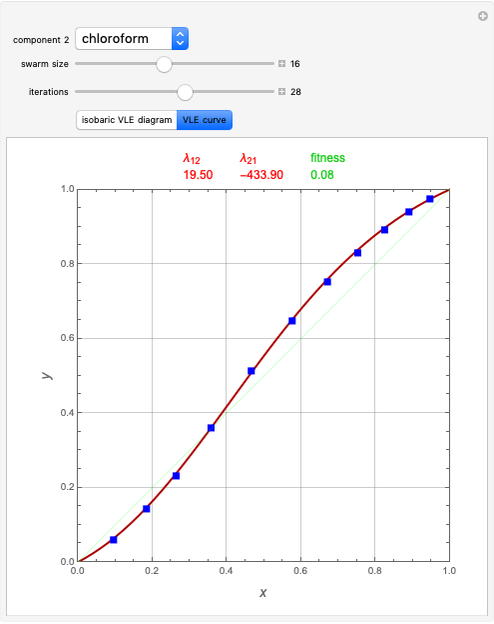


Likewise when distilling a mixture of ethanol and water that is richer in ethanol than the azeotrope, the distillate (contrary to intuition) will be poorer in ethanol than the original but slightly richer than the azeotrope. No number of distillations, however, will ever result in a distillate that exceeds the azeotropic ratio. Further repeated distillations will produce mixtures that are progressively closer to the azeotropic ratio of 95.5/4.5%. Distilling the 80/20% mixture produces a distillate that is 87% ethanol and 13% water. For example, if a 50/50 mixture of ethanol and water is distilled once, the distillate will be 80% ethanol and 20% water (see ethanol data page), which is closer to the azeotropic mixture than the original. If two solvents can form a positive azeotrope, then distillation of any mixture of those constituents will result in the distillate being closer in composition to the azeotrope than the starting mixture. Ĭombinations of solvents that do not form an azeotrope when mixed in any proportion are said to be zeotropic. More than 18,000 azeotropic mixtures have been documented. Azeotropes of more than three constituents are also known. Those consisting of three constituents are called ternary azeotropes. Negative azeotropes are also called maximum boiling mixtures.Īzeotropes consisting of two constituents, such as the two examples above, are called binary azeotropes. It is generally true that a negative azeotrope boils at a higher temperature than any other ratio of its constituents. Indeed 110☌ is the maximum temperature at which any hydrochloric acid solution can boil. Hydrogen chloride boils at –84☌ and water at 100☌, but the azeotrope boils at 110☌, which is higher than either of its constituents. Positive azeotropes are also called minimum boiling mixtures.Īn example of a negative azeotrope is 20.2% hydrogen chloride and 79.8% water (by weight). It is generally true that a positive azeotrope boils at a lower temperature than any other ratio of its constituents. Indeed 78.1☌ is the minimum temperature at which any ethanol/water solution can boil. Ethanol boils at 78.4☌, water boils at 100☌, but the azeotrope boils at 78.1☌, which is lower than either of its constituents. The boiling point of an azeotrope is either less than the boiling points of any of its constituents (a positive azeotrope), or greater than the boiling point of any of its constituents (a negative azeotrope).Ī well known example of a positive azeotrope is 95.6% ethanol and 4.4% water (by weight). 7 Use of azeotropes to separate zeotropic mixturesĮach azeotrope has a characteristic boiling point.6.6 Pervaporation and other membrane methods.6.4 Distillation using a dissolved salt.

This is expected since the method is rigorous and solves the MESH equations using Mathematica's built-in command FindRoot.

The composition profile was checked against results from Aspen HYSYS and perfect agreement was found. For both distillation cases, the reflux and reboil ratios are and. The distillate stream is almost pure acetone (with a boiling point equal to C) and the residue (or bottom stream) is composed of essentially a mixture of a water and -propanol. As expected, no crossing of the frontier is allowed. Both cases indicate that the profile is either in one region or the other of the two regions that are separated by the distillation frontier (shown in brown). The straight magenta line represents the overall column mass balance. The distillation composition profile for either case is given by selecting the appropriate tab. You can select the value of the vapor fraction of the feed stream,, where is the feed quality. The feed flow rate is and the feed location is stage, counting from the top. The feed used the following compositions: The column operates at atmospheric pressure (i.e., ). A distillation column with 10 stages, a partial reboiler, and a total condenser is used to separate this ternary mixture.


 0 kommentar(er)
0 kommentar(er)
